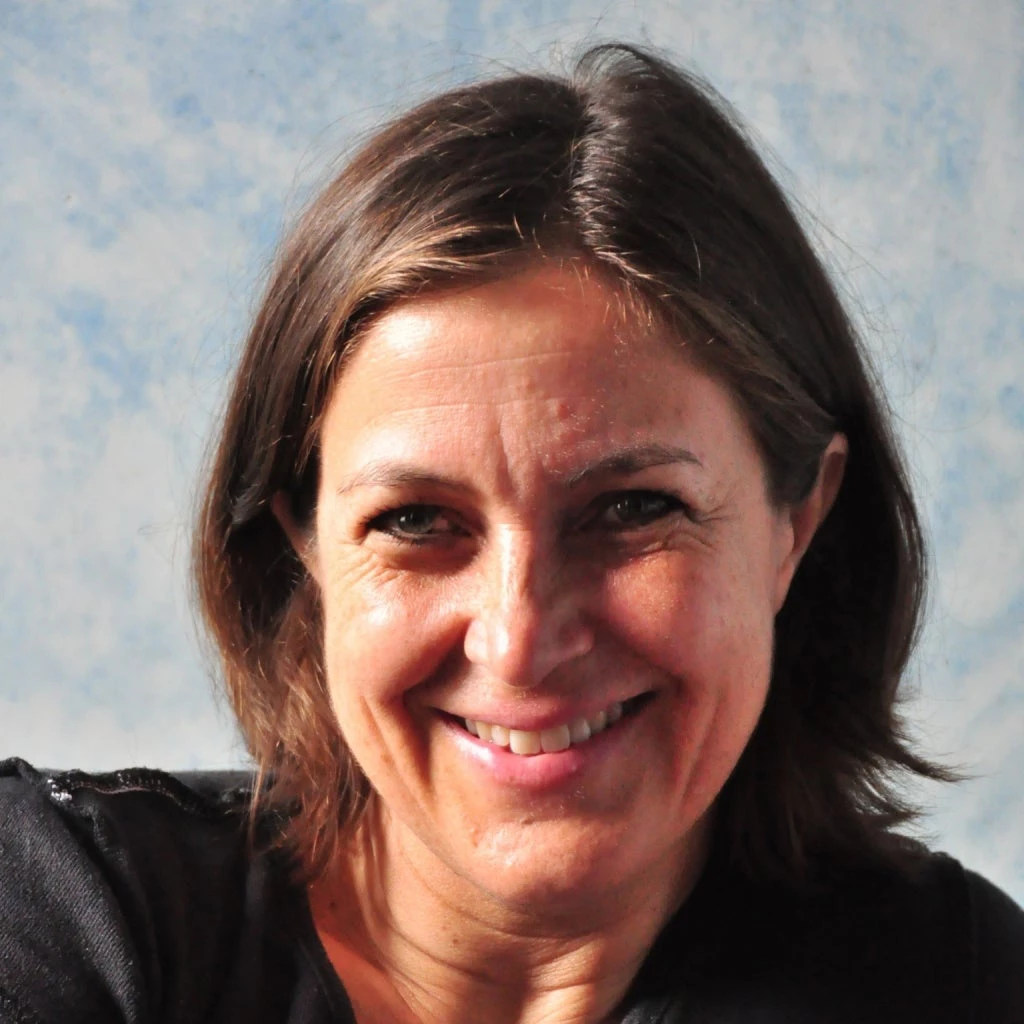
Last year, over 100 countries included actions related to land-use change and forests in their nationally determined contributions to fight climate change.
At the World Bank, we’re excited to be part of this next phase of forest action. In April 2016, we launched both a Forest Action Plan and Climate Change Action Plan which take a more holistic and ambitious approach to forests. We proposed to focus on investments in sustainable forest management and forest restoration to enhance economic opportunities for people living in and near forests, but also to help countries plan their investments in sectors such as agriculture, energy and transport in a more thoughtful, ‘forest-smart’ manner – to maximize the benefits of their forest assets.
Since then, we’ve made progress on developing some of the analytical and the financial tools that will help us better respond to clients’ needs. We’re developing country forest notes that will provide data and information on the status, opportunities and challenges for forests, and present our investment offer, as a World Bank Group, to support countries in optimizing the role of forests to meet their aspirations. In particular, geospatial data provided by space agencies and made more accessible by applications like the World Resources Institute’s Global Forest Watch has the potential to dramatically enhance how we collectively look out for forests.
We’re deepening our understanding of trade-offs and synergies between forests and sectors such as agriculture, mining, energy, disaster risk management, trade and competitiveness, and transport through analytical work. In the Republic of Congo for example, a recently finalized land-use planning roadmap, supported by the Program on Forests, will help the country balance mining development and forest conservation for better overall development outcomes. In the neighboring Democratic Republic of Congo, we’ve developed a new tool to assess the short and long-term environmental risks of road construction – often a strong driver of deforestation – to steer investments in a more forest friendly way.
Thanks in part to new funding pledges, we’re continuing to help over 50 countries get ready to reduce emissions from deforestation and forest degradation (REDD+), with 19 countries preparing large-scale emission reduction programs with the potential for results-based payments. (This year, Costa Rica and the Democratic Republic of Congo are the first two countries on track to sign agreements that will result in payments for emissions reductions from the Forest Carbon Partnership Facility for conserving tropical forest at scale.)
We’re making a concerted effort to streamline different financial instruments at the country level. After years of innovation and piloting payments for environmental services, including REDD+ schemes, it’s time to bring different strands together into coherent large-scale country programs. In Mexico for example, a program on forests and climate change leverages almost $500 million in different types of World Bank financing to help rural communities sustainably manage their forests, build social organization, and generate income from forest products, services, and reducing emissions related to deforestation and degradation. The program will cover an unprecedented 30 million hectares, and more than 3,000 communities and ejidos nationwide.
Last but not least, we’re investing in the people who matter most when it comes to the sustainable management of forests: forest communities and indigenous peoples. A substantial share of the Bank’s forest-related portfolio supports forest land tenure reforms, including shifts toward community-based forestland. In the last decade, Bank financed projects have helped to bring more than 74 million hectares of forests under community or participatory management. Additionally, we’re strengthening the capacity of indigenous peoples’ organizations to participate in efforts to reduce deforestation and forest degradation. This support includes an $80 million Dedicated Grant Mechanism for indigenous peoples and local communities that is active in 14 countries.
From civil society using data to watch over forest resources, to private companies minding the impact of their supply chains, to governments prioritizing natural infrastructure including forests, the momentum is palpable and we’re proud to be part of this movement for change.



Join the Conversation